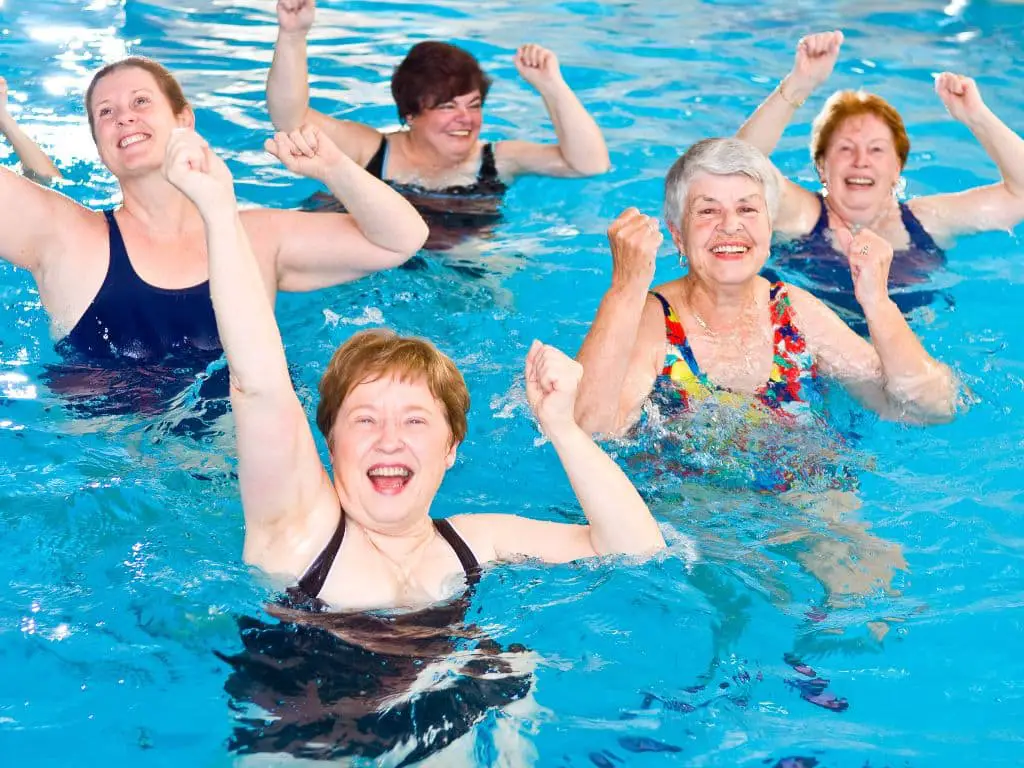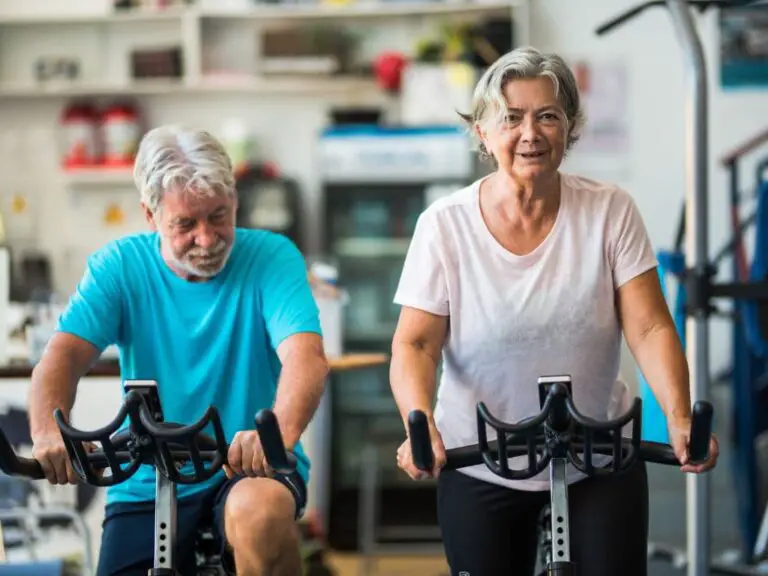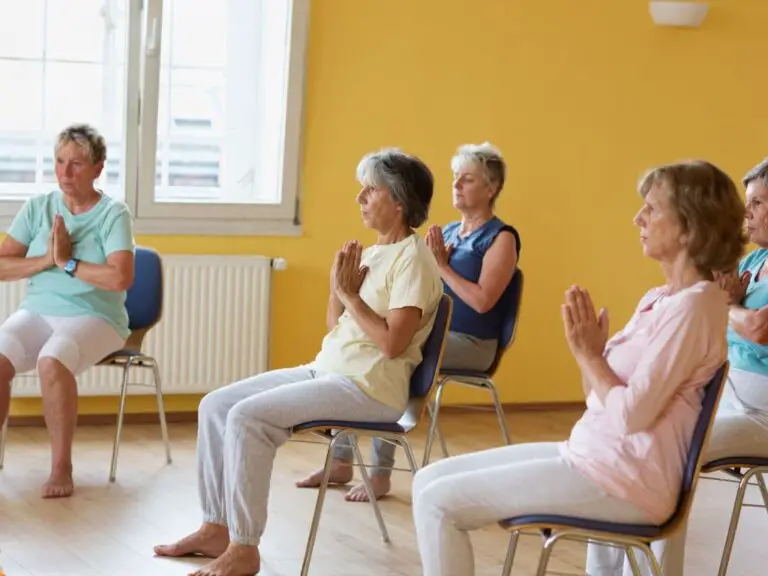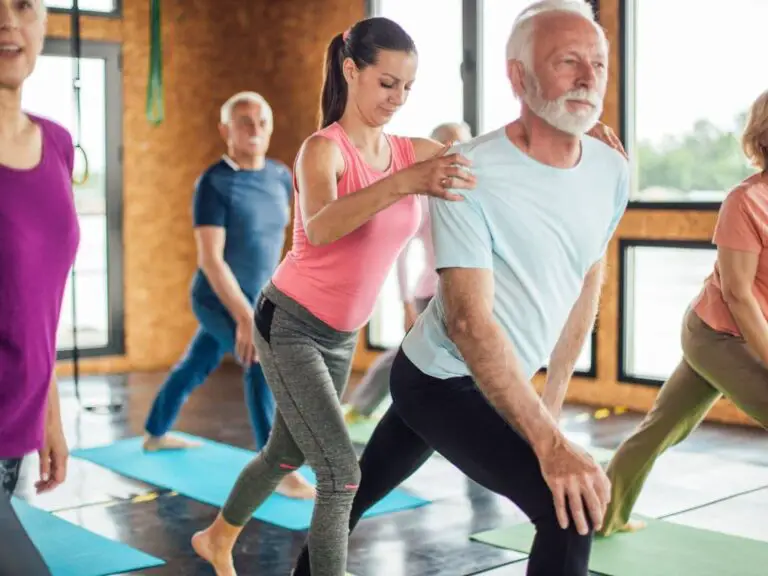Is Walking in a Pool Good Exercise?
Water walking and other pool exercises are becoming increasingly popular exercise options for seniors looking to stay active and healthy. Water provides gentle resistance that can help improve cardiovascular health, muscle strength, balance, and flexibility without putting stress on joints. For many older adults, walking in a pool can be a safer yet still challenging workout compared to high-impact activities like running.
Is walking in a pool good exercise? Yes, walking in a pool, also known as water walking, is considered a good exercise, particularly for seniors. It provides a low-impact cardiovascular workout without the stress of high-impact exercise, helps to improve muscle strength, balance, and flexibility due to the natural resistance of the water, and can contribute to weight loss.
Additional benefits for seniors include increased cardiovascular health, safer training conditions for those with joint issues or limited mobility, and opportunities for resistance training alongside aerobic activity.

This article will explore the many benefits water walking has to offer seniors, the types of pool exercises to try, equipment and precautions to take, and sample pool walking routines to follow.
Benefits of Water Walking for Seniors
Water walking and other aquatic exercises offer many benefits that can help seniors stay active as they age:
- Low-Impact Cardio Exercise – One of the biggest benefits of walking in water is that it provides an excellent cardio workout but without the high-impact stresses of land-based cardio like running. The water supports body weight and reduces strain on joints and muscles.
- Improves Cardiovascular Health – Moving through water provides gentle resistance that can help increase heart rate and boost cardiovascular health. Water walking for 30-60 minutes can burn 200-500 calories.
- Resistance Training – The natural drag and resistance of water makes it more difficult to move through, requiring exertion from muscles. This allows for resistance training as part of the workout.
- Builds Muscle Strength – Pushing through the resistance of water engages muscles and over time can help build strength in the arms, legs, core, and throughout the body. This is particularly beneficial for seniors at risk for muscle loss.
- Weight Loss – The calorie burn and muscle building effects of water walking and pool exercises can promote weight loss for seniors looking to lose weight.
- Improves Balance – Water provides an unstable environment which forces muscles to engage to stay balanced. This can help improve stability and balance (microsemantic: water temperature can also help stimulate nerves in the feet).
- Increases Flexibility – The resistance and drag from water makes the body work through a fuller range of motion as you walk or move through exercises. This greater mobility helps increase overall flexibility (microsemantic: use of floatation devices can support stretching further).
In summary, water walking offers cardiovascular benefits, resistance training for strength building, and improvements in key areas like balance and flexibility – all at a low-impact level ideal for seniors.
Types of Water Exercises for Seniors
Beyond basic water walking laps, there are many types of engaging aquatic exercises seniors can try:
- Water Aerobics – Water aerobics classes lead seniors through cardio, strength, and stretching exercises in a group pool setting with upbeat music. (microsemantic: aqua jogging is a fun water aerobics exercise).
- Water Resistance Training – Using foam pool noodles or other equipment creates drag for targeted resistance training of specific muscle groups.
- Aquatic Therapy – Aquatic or hydrotherapy uses the benefits of water for rehabilitation exercises after injuries/surgery.
- Water Yoga – Water yoga combines yoga poses, balance exercises, and deep breathing in a soothing water environment.
- Aqua Zumba – For seniors looking for higher intensity, Aqua Zumba combines dance moves and water resistance for an aerobic workout.
The variety of pool exercises available means seniors can find activities they enjoy and alternate routines to prevent boredom. Consult a trainer when starting new water workouts.
Equipment and Safety Precautions for Water Exercises
When getting started with water walking and pool exercises, there are some important equipment and safety considerations:
- Proper Footwear – Water shoes with rubber soles and closure straps provide protection and traction on slick pool surfaces.
- Aquatic Exercise Equipment – Items like pool noodles, kickboards, resistance bands, and aquatic weights can all be used to create drag and resistance. Aquatic exercise belts provide flotation and support.
- Sun Protection – Use water-resistant sunscreen when exercising outdoors to prevent sunburns (microsemantic: take frequent water breaks to stay hydrated and reapply sunscreen).
- Monitoring Water Temperature – Colder water requires more exertion to move through. Proper water temp is around 80-84°F.
- Support Devices – Those with limited mobility may benefit from aquatic shoes or floating devices for extra traction and balance support (microsemantic: floatation belts/noodles help with balance).
- Stay Hydrated – Drink plenty of water before, during, and after pool exercise. Dehydration comes quicker in water environments.
Taking precautions prepares seniors to safely take advantage of all the benefits water workouts offer. Consult a doctor before starting any new exercise program.
Sample Water Walking Routine for Seniors
Here is a sample 30 minute beginner water walking routine:
Warm Up
- 5 minute slow walk around shallow end of pool
- Arm circles forward & back x10
- Torso twists x10 each side
- Ankle stretches x15 each side
Cardio Walking
- 15 minutes walking laps around pool at moderate intensity
- Use arm swinging, upright posture, core engaged
- Monitor heart rate, adjust pace to stay in target zone
Resistance Training
- Forward arm raises x10 (use water resistance)
- Cross body arm lifts x10 each side
- Forward leg lifts x10 each side
- Side leg lifts x15 each side
Cool Down
- 5 minutes slow walking laps
- Neck stretches
- Shoulder rolls
- Hamstring & hip flexor stretches
Aim to water walk 3-5 days per week, taking rest days in between. Consistency is key! Adapt routines over time by adding new exercises, equipment, or interval training for variation.
Conclusion
Water walking and other pool exercises provide seniors with a safe, low-impact activity that offers numerous benefits for cardiovascular health, muscle strength, balance, flexibility, and more. The natural resistance of water allows for challenging resistance training without joint pain or discomfort. Considering the variety of exercises, equipment, and routines available, seniors can stay engaged while improving their fitness in the pool. Water workouts are a great option for older adults looking to maintain an active lifestyle. Just be sure to take any necessary precautions and consult a doctor before beginning a new aquatic exercise program.







